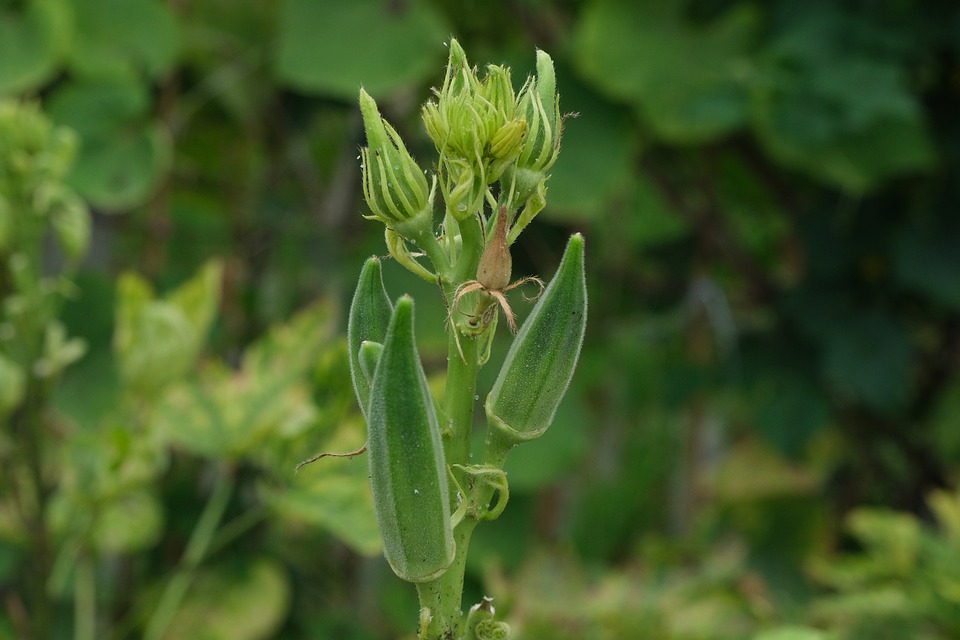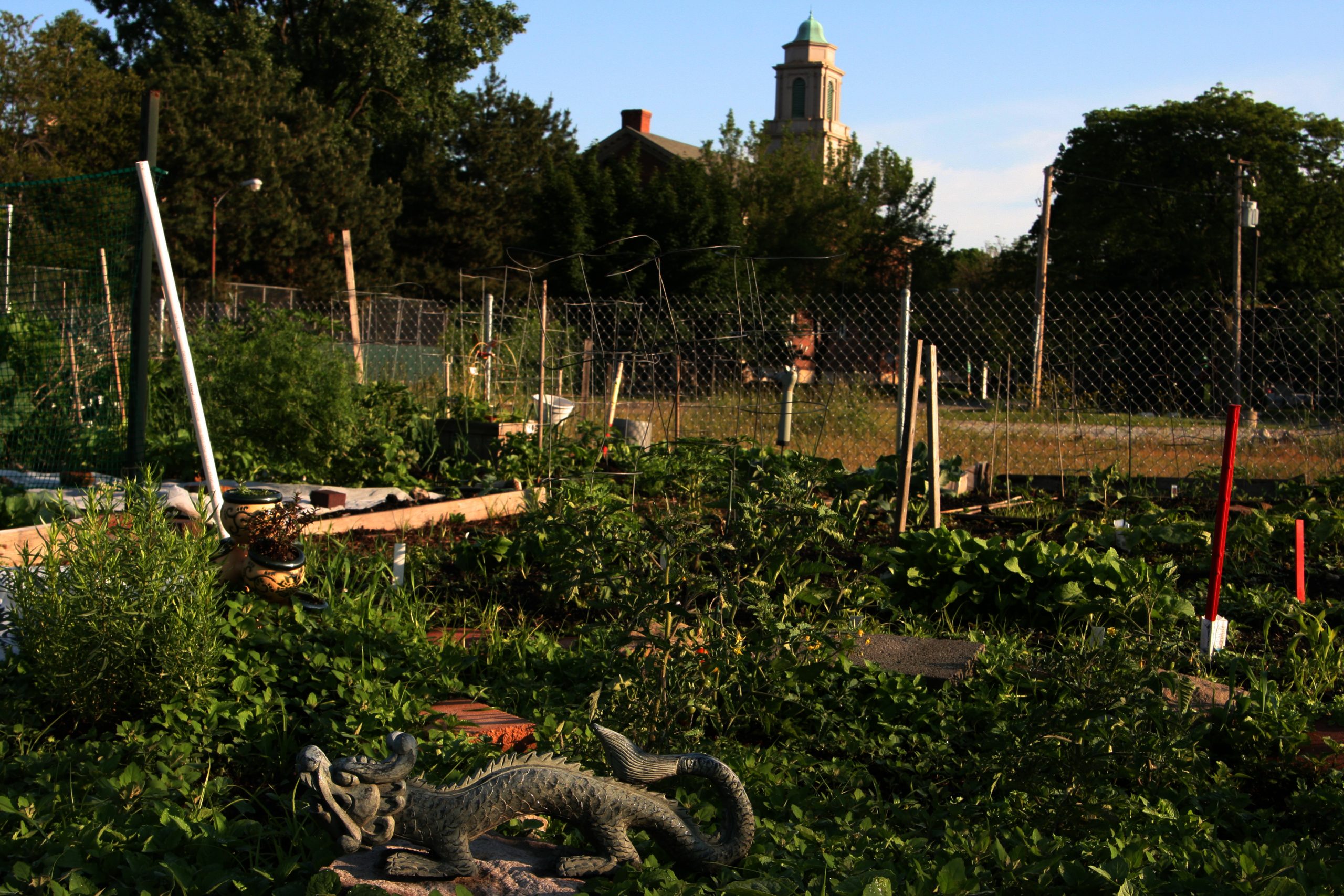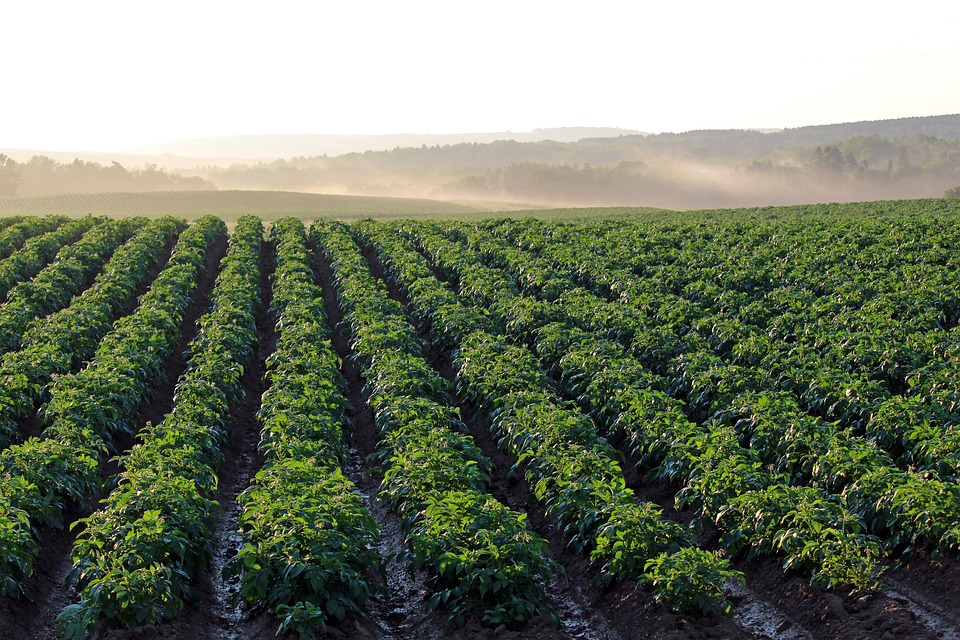Okra is a vegetable native to Ethiopia and Africa and is incredibly versatile in the kitchen. This tropical plant can also be grown successfully on its own in the garden. Both the leaves and fruits of okra are edible.
Popular Varieties of Okra
Okra’s botanical name is Abelmoschus esculentus, and there are many varieties of this tropical crop. This means that if you want to grow your own okra, you will have to choose between growing it in a greenhouse or in your home garden. To make your choice easier, here is a list of popular okra varieties.
Clemson Spineless: This okra variety is characterized by its smooth and delicate taste. The pods are mainly used in stews but can also be used in soups and various sauces.
Burgundy: The pods of this variety are particularly bright in color. The pods are medium in size and have a unique flavor. This okra is purple-green.
Louisiana Green Velvet: A variety of okra with bright green pods. It can be used in all kinds of tropical dishes, including snacks.
White Velvet: Unlike other okra varieties, this variety has white fruits and pods. The leaves are green and are also edible.
Hill Country Red: One of the most striking varieties of okra. The pods are red in color. This makes them not only a great seasoning but also a beautiful color for your food.
Growing your own okra in a greenhouse or vegetable garden will not take long to see results; it is a delicious vegetable that can often be harvested in two months. This guide will tell you everything you need to know about growing, sowing, and harvesting okra. Of course, we also provide tips on making the growing process go smoothly!
The Right Time
Okra is a tropical plant that inherently requires a lot of heat. Therefore, a protected place is a must. Okra can be planted in the ground during May and June. Do you have a heated greenhouse, or do you want to start the seeds indoors? Then you can begin growing okra much earlier; March and April are the best months. You can also grow your okra in a covered, shaded container.
Planting Okra
If you want to sow and plant okra yourself, the first thing you need to do is to provide a warm place. Therefore, a sunny spot is essential. It is a fruit tree that grows to a height of 80 to 150 cm. So, make sure that the place you choose has enough space.
There should be enough space for this tropical crop to grow and thrive. A planting distance of 50 x 50 cm would be ideal. For okra seeds, a sowing depth of 1 cm is sufficient. Of course, depending on sowing and planting, okra will flower in July and August.

Fertilizers
You need to make sure that the soil contains enough nutrients. For example, you can fertilize it a little more with organic humus.
Sowing & Soil
Make a shallow hole in the surface. A depth of 1 cm is sufficient for sowing. Place the okra seeds in the hole and cover them with a small amount of soil.
Caring for Okra Seedlings
- In addition to heat and protection, this tropical fruit crop needs to be well cared for. This will prevent the crop from being ruined too quickly by pests.
- Okra seedlings should be watered regularly and sufficiently. Generally, watering two to three times a week is sufficient. But of course, this also depends on the weather outside.
- If possible, watering okra should be done in the morning without touching the leaves. If the sun is particularly strong, it can cause burns to the delicate leaves.
- When okra seedlings are about 7 cm tall, thin them out well. This is not difficult to do. Remove the thin specimens and keep the sturdier plants.
- The bottom where the okra will be placed should be loosened up to give it a nice structure. This is better for water absorption. Of course, it is also important to remove weeds regularly.

Harvesting and Storing Okra
In most cases, okra can be harvested relatively quickly. It can be harvested as early as 60 days after sowing or planting. Okra pods can continue to be harvested for a long time if they are properly cared for. This should be done when the fruit is 5-7 cm long. If you wait too long, the vegetable will become hard and lose their flavor.
Do you have any other tips? Share it with us in the comments below!



